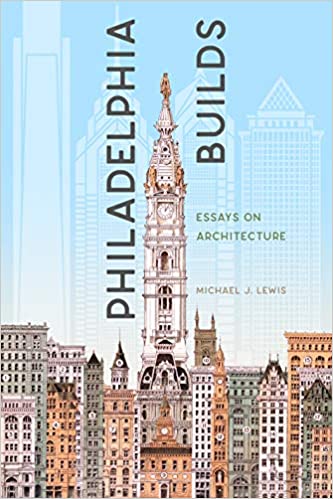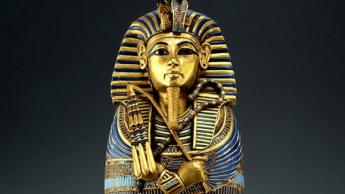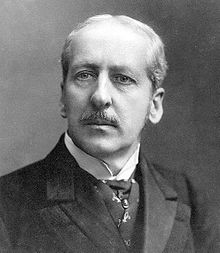Related Topics
West of Broad
A collection of articles about the area west of Broad Street, Philadelphia, Pennsylvania.
Art in Philadelphia
The history of art, particularly painting and sculpture, has been a long and distinguished one. If you add in the art schools, the Philadelphia national influence on artists has been a dominant one.
Historical Preservation
The 20% federal tax credit for historic preservation is said to have been the special pet of Senator Lugar of Indiana. Much of the recent transformation of Philadelphia's downtown is attributed to this incentive.
Academia in the Philadelphia Region
Higher education is a source of pride, progress, and aggravation.
Science
Science
Architecture in Philadelphia
Originating in a limitless forest, wooden structures became a "Red City" of brick after a few fires. Then a succession of gifted architects shaped the city as Greek Revival, then French. Modern architecture now responds as much to population sociology as artistic genius. Take a look at the current "green building" movement.

Right Angle Club 2007
A report, to the year 2007 shareholders of the Right Angle Club of Philadelphia, by the outgoing president.
The University Museum: Frozen in Concrete

|
| King Tut |
Recently, a charming archeology scholar from the University of Pennsylvania, Leslie Ann Warden, entertained the Right Angle Club with the interesting history of King Tut. Interest in this subject is currently heightened by a traveling exhibit of the tomb relics currently on elegant display at the Franklin Institute. However, Philadelphia also has a permanent exhibition of Egyptian artefacts lodged in the University Museum. Since this museum is the second largest archaeology museum in the world, after the British Museum, that makes it the largest in America. An interesting sidelight is that Ms. Warden spoke in the grill room of the Racquet Club, which was the first effort by William Mercer to use "Mercer" tiles in a building. Mercer at that time was the curator of the University Museum. We learned from Ms. Warden that King Tutankhamen was unknown before his tomb was discovered, all records of this part of the Egyptian dynasty having been lost or deliberately obliterated by successors. Therefore, the discovery of these magnificent art objects started a massive expansion of scholarship about the entire Third Millenium.

|
| William Pepper |
The establishment of the University Museum around 1890 was apparently mostly due to the enthusiasm of William Pepper, then Provost of the University of Pennsylvania. What seems to have got Pepper going was an expedition to Iraq, the place where civilization began, in Mesopotamia. The relics brought back from this celebrated effort needed a home, and Pepper decided it had to be here. One famous philanthropist after another, often in the role of Chairman of the Board of Trustees, carried on the tradition after Pepper's premature death. Some of them have their names on buildings, some declined. To a notable degree, the feeling of special possession was exemplified by Alexander Stirling Calder, who turned the statues in the garden to face inward rather than out toward the street. Asked whether a mistake had been made, he is said to have replied that due to the Museum's withdrawn character, it was more appropriate for the world to face the Museum. No more icily accurate comment has ever been made about the University's relation to its city neighbors.
The real knock about the Museum is that too much has been crowded into too little real estate, and the fault lies with the automobile. After the University outgrew its space at 9th and Market around 1870, moving then to West Philadelphia, the architects and the donors originally envisioned a grand boulevard of culture stretching from the South Street bridge many blocks westward. The Museum, Franklin Field, Irvine Auditorium, The University Hospital were to be the start of an imposing array of culture. Unfortunately, that was a horse-drawn conception, soon to be overwhelmed by the worst traffic jam in the city. The Schuylkill Expressway was the final blow, setting huge auto-oriented structures in place where their easy removal became difficult to imagine. The 1929 stock crash, followed by confiscatory income and estate tax rates, merely emphasized the plain fact that restoring the grand vision was beyond the ordinary aspirations of even massive private wealth. Transforming the imposing plazas of the University Museum into parking garages was probably a result of excessive despair, but if you have ever tried to find a place to park in that region you can somewhat sympathize with the small-mindedness which prompted it. Bringing back this region is going to require immense vision and resources, neither of which is exactly thrusting itself forward at present. So, unfortunately, one of the central cultural jewels of the City is buried in the midst of an impenetrable thicket of concrete and speeding automobiles, too big to move, too small to burst its bonds.
It's well worth a lot of anybody's time, and many visits. If you can find a way to get there.
Originally published: Tuesday, July 31, 2007; most-recently modified: Wednesday, May 29, 2019
| Posted by: William B. Carey, M.D. | Aug 20, 2012 8:50 AM |
| Posted by: Wilhelmina | Jan 3, 2012 8:39 AM |